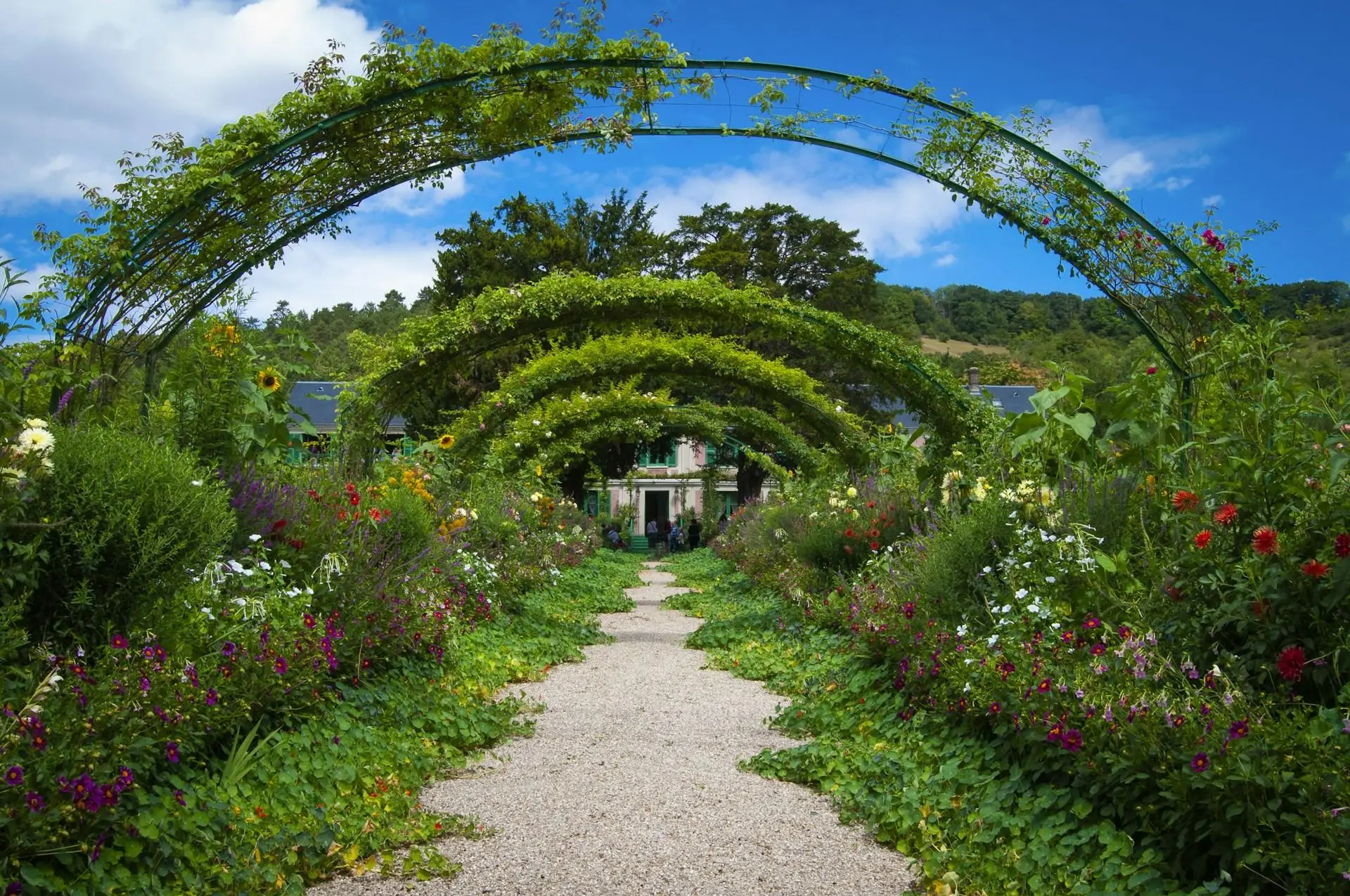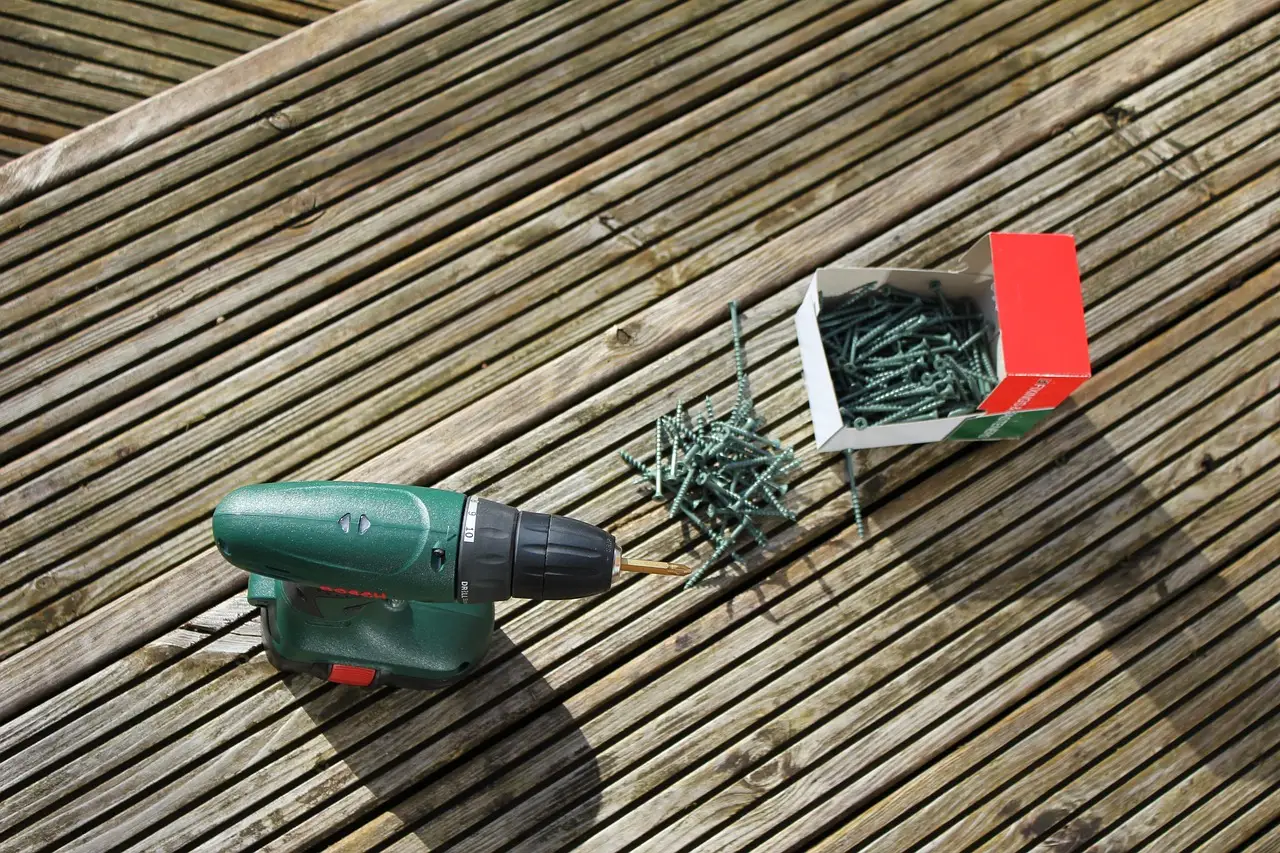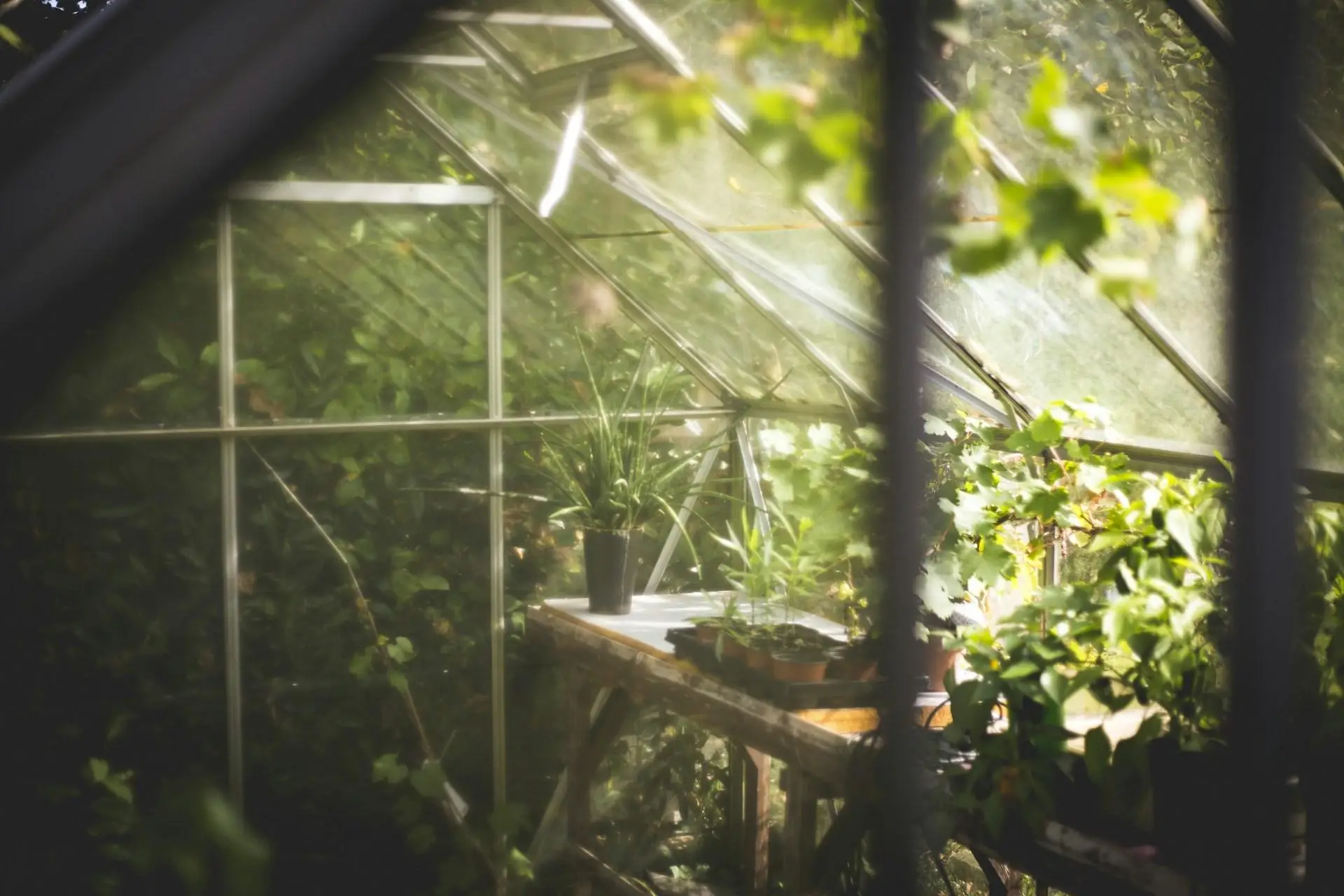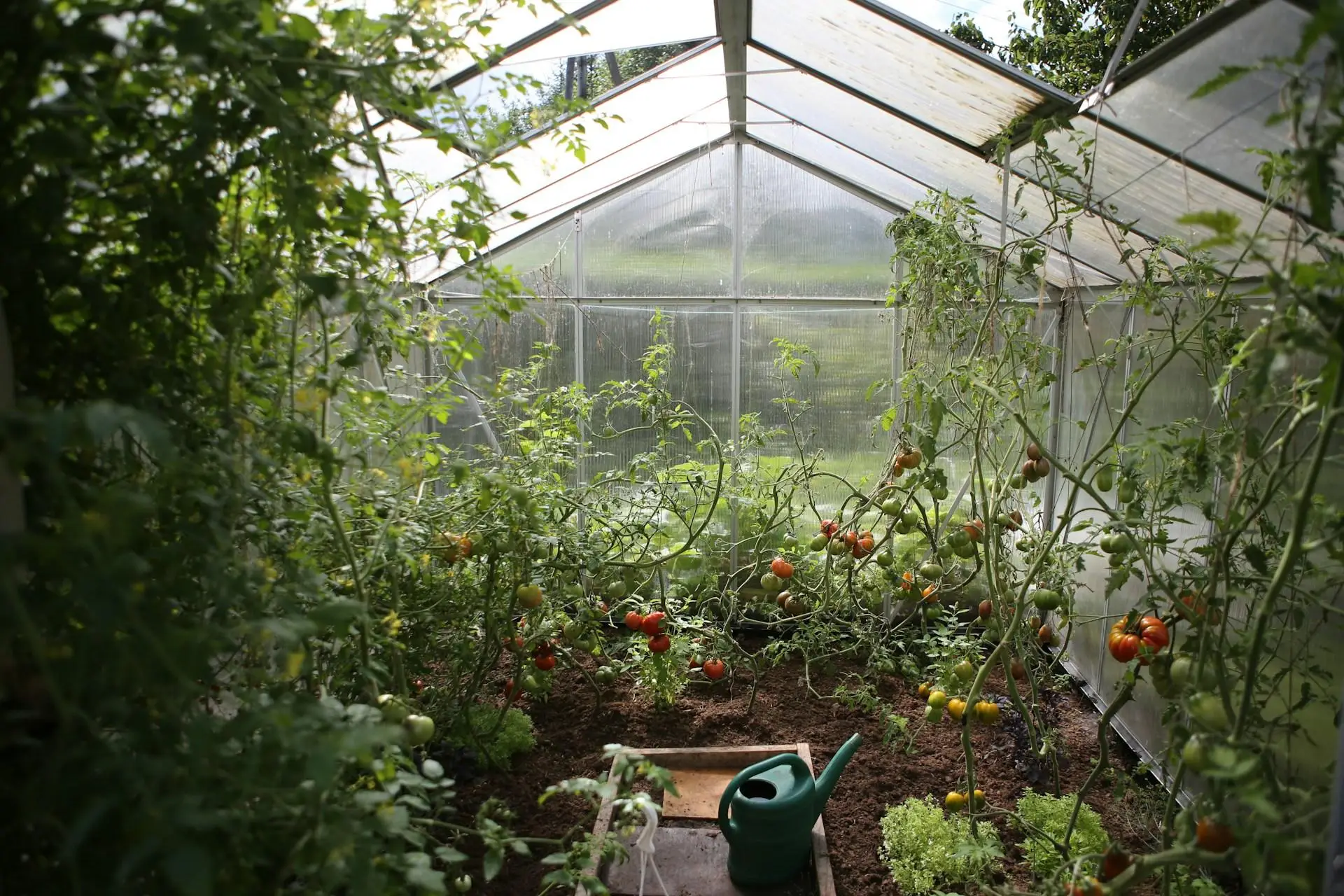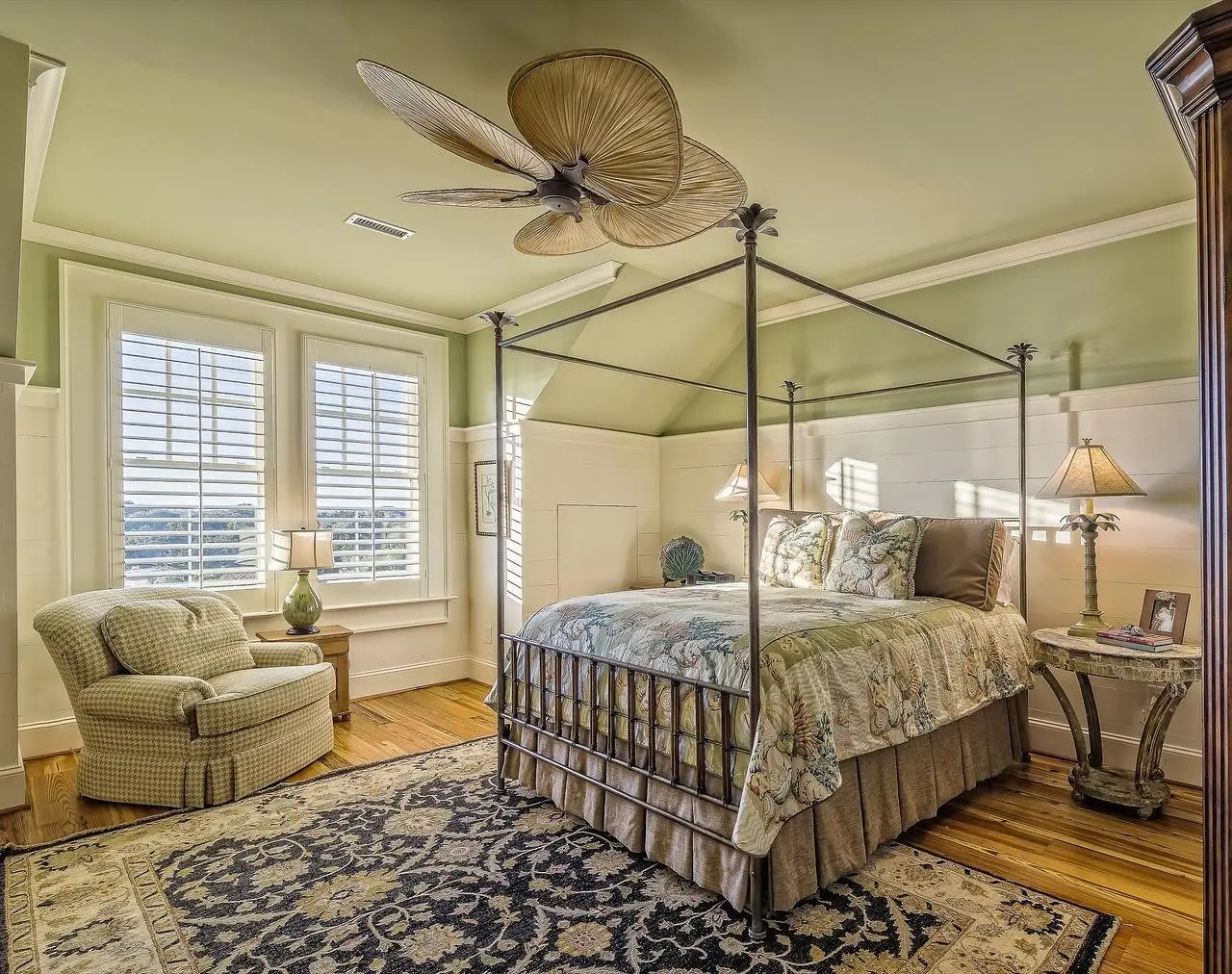DIY Guide to Constructing a Garden Pergola: Creative Garden & Patio Ideas
Creating a relaxing outdoor space can be a transformative experience for any homeowner. One of the most appealing structures to incorporate into this space is a garden pergola. Pergolas serve not only as an aesthetic statement but also enhance functionality by providing shade, support for climbing plants, and a beautiful gathering spot. This DIY guide will explore how to build a garden pergola, tying it into creative garden & patio ideas that can elevate any backyard.
Laying the Groundwork: Planning Your Pergola Project
Choosing the Right Location
Before diving into construction, consider the ideal spot for your pergola. Sunlight considerations are crucial; think about how much sun or shade you want the structure to provide. Additionally, keep a reasonable proximity to existing structures such as your house or fence, ensuring it complements your overall yard layout. Also, assess ground conditions and drainage to avoid any potential issues with water pooling or ground instability.
Defining the Purpose
Defining what you want from your pergola will guide its design. Do you envision a shaded area for relaxation, a support framework for climbing plants, or perhaps an outdoor dining space? Evaluating its functionality alongside its aesthetic appeal ensures the structure harmonizes with your garden & patio ideas and meets your needs.
Budgeting for Your Pergola
Constructing a pergola comes with varying costs based on materials and additional features. Establish a budget that includes the cost of materials such as wood or metal, any necessary tools, and any additional expenses for items like decorative elements, lighting, or furniture. Knowing your limits upfront will streamline the project and help avoid overspending.
Crafting the Vision: Designing Your Pergola
Styles of Pergolas
When it comes to design, the choice between traditional and modern styles is vital to achieve the desired look. Popular shapes include square, rectangular, and arched pergolas, which can be customized based on personal tastes. Select a style that complements existing features within your yard to enhance the overall visual harmony of your garden & patio ideas.
Size and Dimensions
Choosing the proper size is essential. Take precise measurements of the available space and consider standard height options to create a functional structure. Ensure that the proportionality to surrounding elements—such as your garden layout, patio, or other landscaping features—remains balanced. A well-proportioned pergola can serve as a focal point without overwhelming the yard.
Selecting the Right Materials for Your Pergola
Wood Options
Wood is a traditional choice for pergolas. Popular options include cedar, redwood, and pressure-treated lumber, each with its unique benefits and drawbacks. Cedar, for instance, is rot-resistant and has an attractive natural appearance, while pressure-treated lumber offers durability at a lower cost. Understanding the pros and cons of different wood types will help guide your decision.
Alternative Materials
For those seeking something different, metal pergolas made from aluminum or steel can provide a sleek, modern look. Vinyl and composite materials are also available, offering low maintenance with increased durability. When making a choice, consider environmental factors such as sustainability and the level of maintenance required for each material.
Bringing the Vision to Life: Step-by-Step Construction Process
Preparing the Site
Begin the construction by preparing the site for your pergola. Clearing and leveling the ground is essential to ensure stability. Use stakes and strings to mark the layout of the pergola, providing a clear foundation to build upon.
Building the Base and Posts
Digging post holes is the next vital step; ensure they are deep enough for the pergola's height and stability. Set the posts using concrete for solid anchoring, and take care to ensure each post is level and square.
Installing the Crossbeams
Once the posts are in place, measure and cut the crossbeams. Securing these beams to the posts can be done using brackets or notched cuts for a clean finish. These beams will provide crucial support for the overall structure.
Adding Additional Features
Personalizing your pergola with lattice panels for climbing plants can enhance its visual appeal. Consider adding shade fabric or retractable awnings for increased usability, as well as built-in seating or planters to optimize the area for relaxation and enjoyment.
Elevating Your Pergola with Finishing Touches
Treatment and Stain
To prolong the life of your pergola, it is essential to seal and stain wooden structures, protecting them from the elements. Metal or vinyl materials may require painting options to match the overall aesthetic of your yard.
Decor and Personalization
Enhancing the pergola with decor such as fairy lights, lanterns, or hanging plants can dramatically transform the atmosphere. Choose outdoor furniture that complements the pergola, providing comfortable seating for outdoor gatherings.
Landscaping Around the Pergola
Creating an inviting environment around the pergola contributes to its overall appeal. Select suitable plants to enhance the structure and consider designing pathways or patio areas that connect seamlessly to the pergola, integrating it into your broader garden & patio ideas.
The concept of building a garden pergola can be an exciting and rewarding project, adding a touch of elegance and functionality to outdoor spaces. This structure not only elevates the visual appeal of your yard but also encourages outdoor living and enjoyment. Embrace the opportunity to explore your creativity as you bring your garden & patio ideas to life. By following this DIY guide, homeowners can embark on a fulfilling journey to transform their gardens and discover new ways to enjoy the great outdoors. Sharing personal experiences and creative outcomes from such projects can inspire future endeavors, fostering a community of garden lovers committed to enhancing their outdoor environments.

